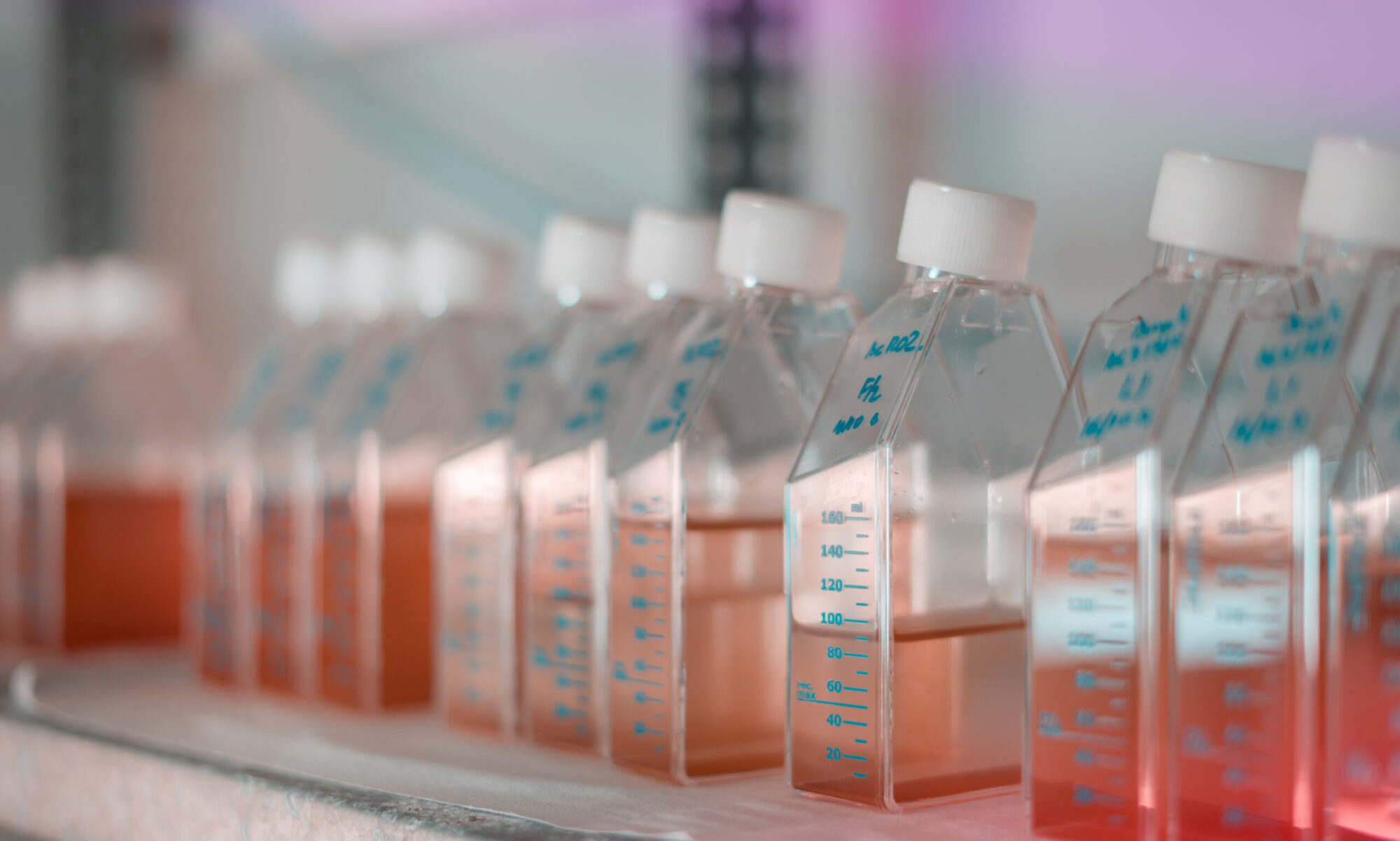| Project title | Leptospira Biofilm: an unexplored reservoir for environmental survival and persistence of infectious bacteria. | ||
| Principal investigator | Roman Thibeaux | ||
| Focal point IPNC | Roman Thibeaux, Cyrille Goarant | ||
| Collaborators at IPNC | Marie-Estelle Soupé-Gilbert, Dominique Girault, Emilie Bierque | ||
| Other Collaborators | Mathieu Picardeau, IPP, Jean-Marc Ghigo, IPP, Michaël Meyer, UNC | ||
| Total budget of project | 8000 euros | Budget devoted to IPNC : NA | |
| Funding | IPNC | ||
| Timeline | Start: 2018 | End :2019 | |
| Objectives | |||
| The specific objectives of this project are to investigate the bacterial protection provided by the biofilm against both harsh ecological conditions and upon kidney chronic colonization. | |||
| Methods | |||
|
We developed a 96-well method to grow Leptospira biofilm in vitro. After 4 weeks, biofilm formation was quantified using an in-house image analysis workflow based on phase-contrast optical images. To identify leptospiral genes regulating biofilm formation, we quantified impaired or enhanced ability of L. interrogans transposon insertion mutants to produce a biofilm. We then investigated mutants’ infectivity in hamsters, while renal colonization ability was challenged in mice. Protection against environmental stresses (T°, UV light, NaCl) was also assessed using a cell viability Alamar blue assay. Finally, fluorescently-labelled lectins were used to visualized in situ exo-polysaccharide (EPS) presence and distribution within Leptospira biofilm. |
|||
| Results | |||
|
By screening defective mutants, we identified the c-di-GMP signaling pathway as a major regulator of biofilm formation. Indeed, “loss of function” mutants impaired for c-di-GMP synthesis enzymes (GGDEF containing motif) display a decreased ability to produce a biofilm; conversely, “Loss of function” mutants for c-di-GMP recycling enzymes (HD-GYP containing motif) exhibit an enhanced capacity to produce a biofilm. In addition, we show that a defective mutant for an aldo-keto-reductase involved in carbohydrate metabolism exhibits a decreased capacity to produce a biofilm. We next investigated the ecological relevance of leptospires’ biofilm. Challenge of mutants’ infectivity in hamsters shows that biofilm-deficient mutants are more virulent than mutants displaying an enhanced biofilm production. In a mice model of chronic leptospirosis, urinary excretion load of leptospires was higher for biofilm-deficient mutants as compared to their counterparts. Finally, a protective effect on cell viability was observed for mutants with increased biofilm formation when exposed to high doses of NaCl and UV-c. Further, the increase in viability was strongly correlated to biofilm production in a dose-dependent manner. Finally, fluorescently-labelled lectins allowed a preliminary characterization of biofilm composition, demonstrating the the presence of α-linked d-glucopyranosyl repeated units as well as x-mannopyranosyl and x-glucopyranosyl residues. |
|||
| Prospects | |||
|
This work reveals that, although apparently not required for host infection, biofilm formation improves leptospires’ survival in detrimental environmental-like conditions, thus probably contributing to their persistence in natural habitats. Ultimately, this work could suggest strategies to impair bacterial biofilm production and organization, thus rendering bacteria accessible to the immune system or harsh ecological conditions. These approaches would hence open new avenues to prevention and treatment of leptospirosis. |
|||
| Valorisation | |||
| Thibeaux R, Soupé-Gilbert ME, Picardeau M, Goarant C. 2017. Biofilm of pathogenic Leptospira: A compromise between virulence and environmental survival? Présentation orale à la conférence de l’ILS, Palmerston North, NZ, November 2017.
The Zoonotic Pathogen Leptospira interrogans Mitigates Environmental Stress Through cyclic-di-GMP-controlled Biofilm Production. npj Biofilms and Microbiomes 6(1):24 Texte intégral / Full text |
|||

